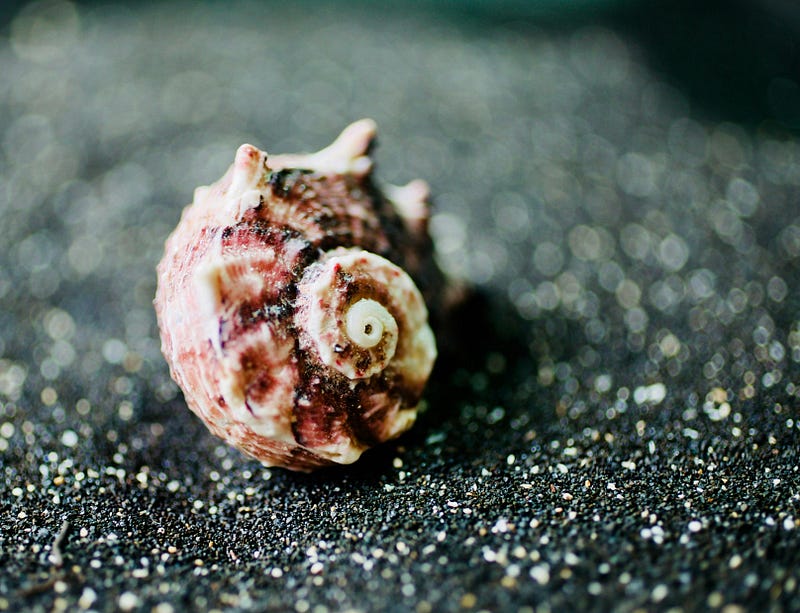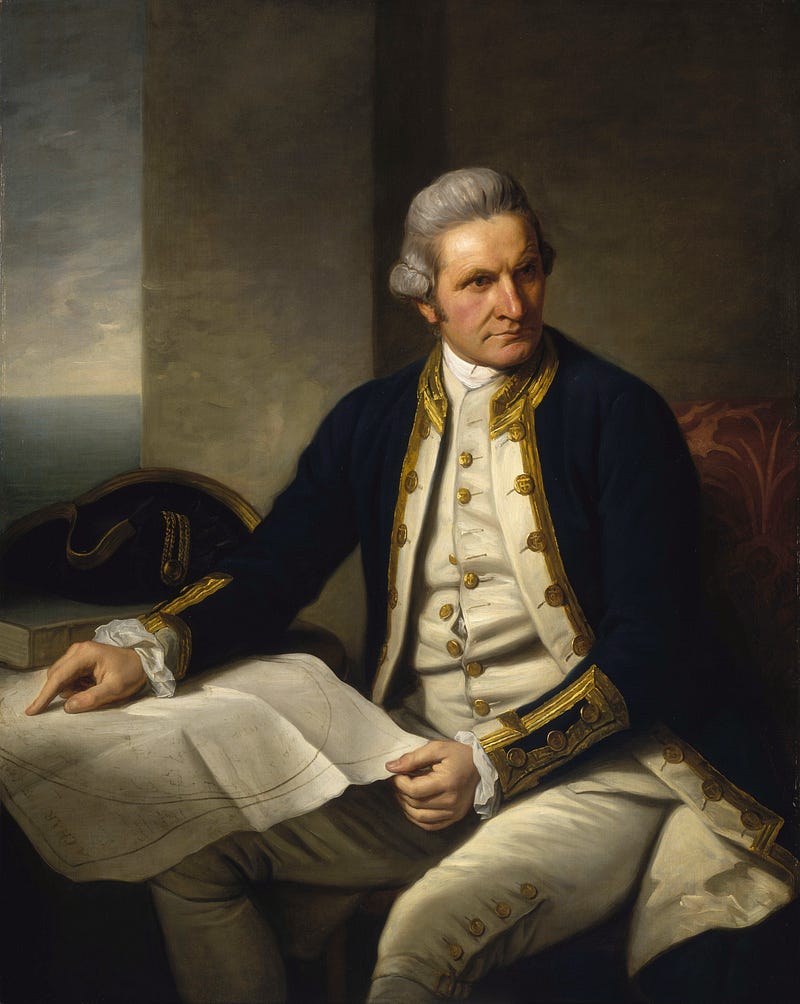Rediscovered Treasures: Captain James Cook’s Remarkable Shell Collection
Written on
Chapter 1: The Discovery of Cook’s Lost Collection
It was once believed that the extraordinary assortment of unique seashells gathered by Captain James Cook had vanished without a trace. After a span of four decades, this remarkable collection has resurfaced and is now open for public viewing.

The renowned English captain James Cook (1728–1779) is celebrated as one of the greatest explorers of modern history. His pursuits were extensive, ranging from the discovery of new maritime routes to studies in astronomy and the natural world. Tragically, Cook met his end at the hands of Hawaiian natives during his third voyage around the globe.
Treasures from the Third Voyage
The invaluable collection of seashells, recently found after 40 years of being presumed lost, dates back to Cook’s third and ill-fated expedition that commenced in 1776. During this extensive journey, Cook gathered an array of fascinating shells aboard his ship, although the primary aim of the voyage was to uncover a sea passage connecting the Pacific and Atlantic Oceans. The revelation of this collection was made by the British government organization, English Heritage, and since mid-March 2024, the shells have been exhibited at Chesters Roman Fort and Museum in Northumberland, England.
The Fate of the Shell Collection
The shells collected by Cook were the cherished legacy of Bridget Atkinson (1732–1814). After her passing, the collection was inherited by her grandson, John Clayton (1792–1890). Most of the shells were sold off with the Clayton estate in 1930, yet 200 specimens were retained and loaned to the Department of Zoology at Armstrong College, now known as Newcastle University.
In a twist of fate during the 1980s, remnants of the collection were inadvertently discarded during a university cleanup. Initially thought to be irretrievably lost, it was later revealed that Dr. John Buchanan, a lecturer, had salvaged the shells from the waste. Recently, these shells were returned to English Heritage through Dr. Buchanan’s family and are now showcased alongside another artifact from Cook’s voyage—a giant clam.

Remarkable Legacy of Bridget Atkinson
Dr. Frances McIntosh from English Heritage remarked, “We were aware of Bridget Atkinson’s collection, but we assumed it had completely vanished. The revelation that the shells not only survived but were preserved all this time is nothing short of miraculous.”
She emphasized Atkinson’s exceptional character and her genuine passion for nature. “In an era when women typically collected shells for decorative purposes, Bridget collected them for scientific inquiry,” Dr. McIntosh added. This collection not only encapsulates Atkinson’s personality and relationships but also highlights Britain’s involvement in global trade during the late 18th century. Researchers suggest that Bridget Atkinson was among the first women to curate a scientifically significant shell collection from across the globe.
Significance of Cook’s Collection
What treasures lie within James Cook’s rediscovered collection? It features numerous rare species, including those endemic to New Zealand, which are exclusive to that island. Such shells were highly coveted by collectors in the 18th century. Dr. Tom White from the Natural History Museum in London, who assisted in the identification process, noted, “Individual specimens could command thousands of pounds.”
Among the collection is the spiny oyster (Spondylus americanus), prevalent along the Atlantic coast from North Carolina to the Caribbean and extending to Brazil. This particular shell is adorned with spiny protrusions reaching around five centimeters in length. Additionally, the collection includes the “sun shell” (Astraea heliotropum), also endemic to New Zealand, which was acquired through Cook’s expedition armorer, George Dixon. Another noteworthy specimen is the giant clam (Tridacna gigas), recognized as the largest of its kind.
Conclusion: A Glimpse into the Past
The rediscovery of Captain James Cook’s remarkable shell collection serves as a testament to the enduring legacy of exploration and the meticulous care of natural history. It not only enriches our understanding of the past but also celebrates the contributions of individuals like Bridget Atkinson.

Stay tuned for more fascinating insights and discoveries!

For those who appreciate quality content, consider supporting me on my “Buy Me a Coffee” page. Your contributions help fuel my passion for creating informative articles. Thank you for your support!